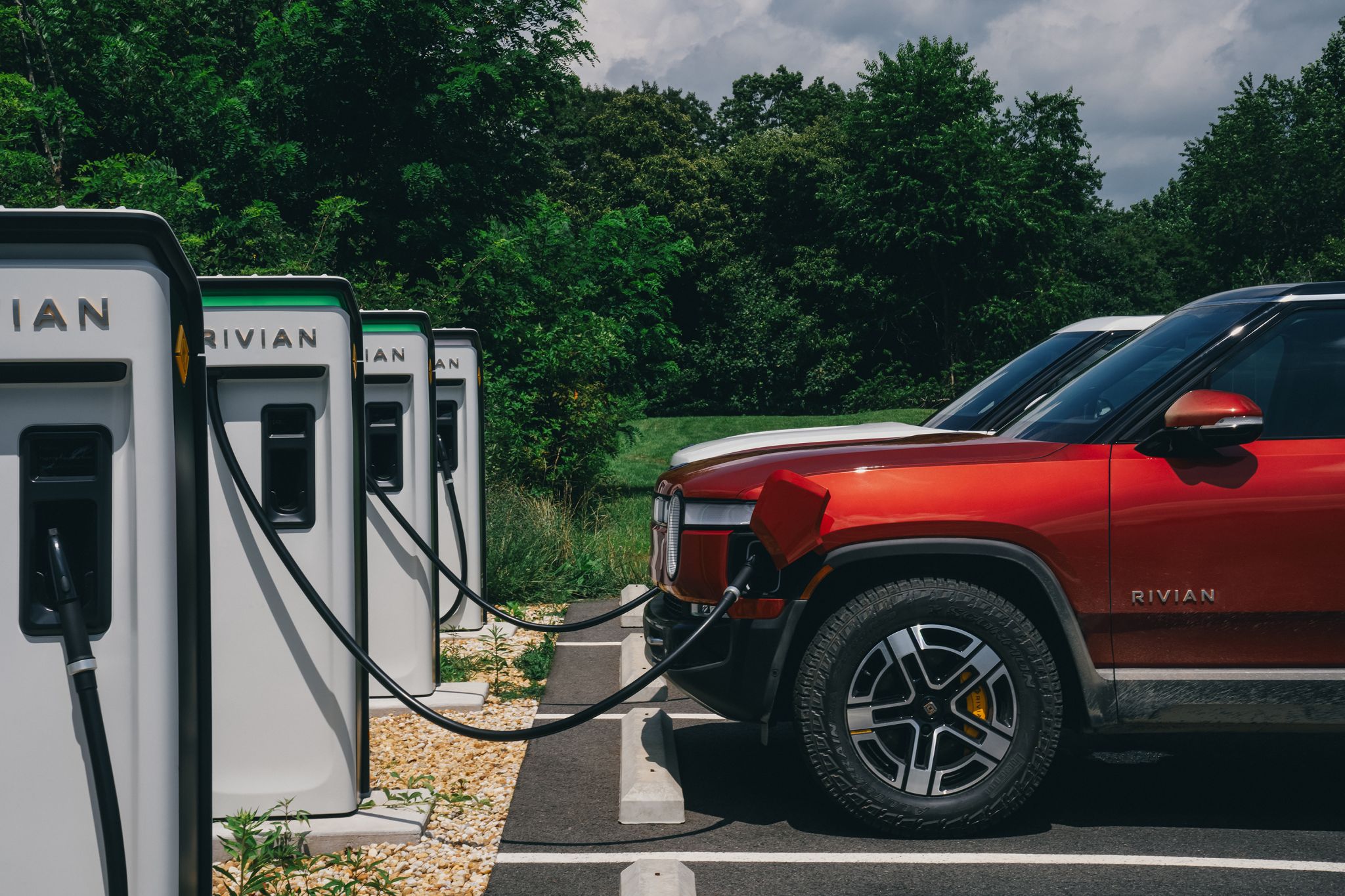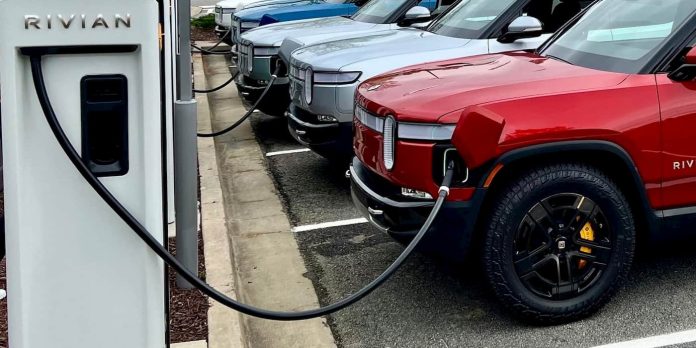In a big move showing its dedication to the growing electric vehicle (EV) market, Rivian Automotive is expanding its Rivian Adventure Network (RAN) to include Tesla owners and other EVs.
This means more EV drivers can use Rivian’s charging network. This decision not only strengthens Rivian’s position in the EV market but also improves the infrastructure for these eco-friendly vehicles, showing a shift towards more inclusive charging options.
Before, only Rivian vehicles could use the Rivian Adventure Network. But now, Rivian is opening it up to Tesla and other EVs.
This change will happen later this year and is a big step toward creating a more connected and efficient EV charging system.
Utilizing Renewable Energy Sources for Rivian’s Charging Infrastructure
The Rivian Adventure Network is special because it runs entirely on renewable energy. This commitment to sustainability not only makes Rivian more environmentally friendly but also supports the goal of reducing carbon emissions and promoting eco-friendly technologies in the car industry.

To prepare for many different electric vehicles using its charging stations, Rivian plans to introduce new chargers with tap-to-pay technology. These chargers can handle different battery voltages and have an easy-to-use interface, which is important for getting more people to use electric vehicles.
While most electric vehicles currently use the Combined Charging System (CCS) connector, Rivian is getting ready for a switch to the North American Charging Standard (NACS). Rivian is planning chargers that can work with both NACS and CCS connectors so that they can support not only their future cars but also a wider range of electric vehicles.
Comparing Rivian’s Charging Network with Tesla Superchargers
Tesla’s Supercharger network is famous for being widespread and fast. Rivian’s decision to open its network to Tesla vehicles could help ease the crowds at Tesla’s charging stations and give Tesla owners more choices.

This would improve the charging experience for the growing number of Tesla drivers.
For Tesla owners to use Rivian’s network, they’ll need CCS to NACS adapters. This is a temporary fix until more cars switch to the NACS standard. Rivian is already giving these adapters to its customers, so they can smoothly move over and keep using Tesla’s Supercharger network.
Implications of Rivian’s Expansion on the Electric Vehicle Industry World
Rivian expanding its charging network shows a bigger trend in the car industry: more collaboration and compatibility to support the global move to electric vehicles.

As more carmakers like GM, Polestar, and Volvo get ready to join Tesla and Ford in using these big charging networks, EV charging will become more flexible and user-friendly.
In short, Rivian opening its Adventure Network to other electric cars is a big step toward making charging more inclusive and efficient.
This not only boosts Rivian’s place in the market but also helps more people use electric cars by making charging easier and more convenient. As the electric car market grows, moves like this will be key in making transportation more sustainable.


